Silver Star Resources encompasses the Texas Silver, Twin Hills, and Silver Spur mines, along with all associated mining leases and exploration permits.
Spanning approximately 247,000 hectares/610,375 acres in Queensland, Australia.
Take a deep dive into the Silver Star Resources site with our interactive 3D presentation. Click ‘View Presentation’ to explore the terrain, mining zones, and development plans in stunning detail
This substantial landholding underpins a silver-focused investment opportunity, offering early access to a fully permitted operation with significant silver reserves and strong potential for further discoveries in a highly prospective, mineral-rich region.
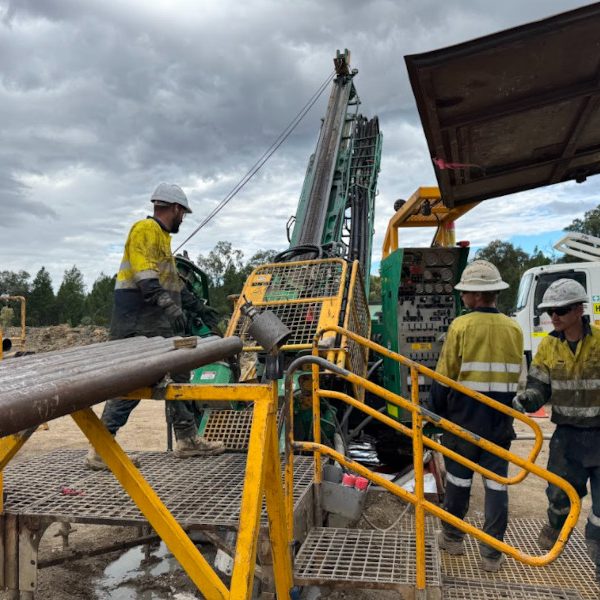
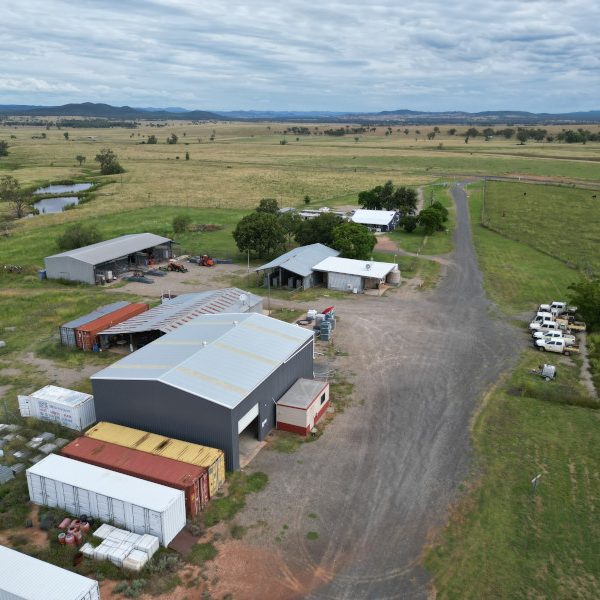
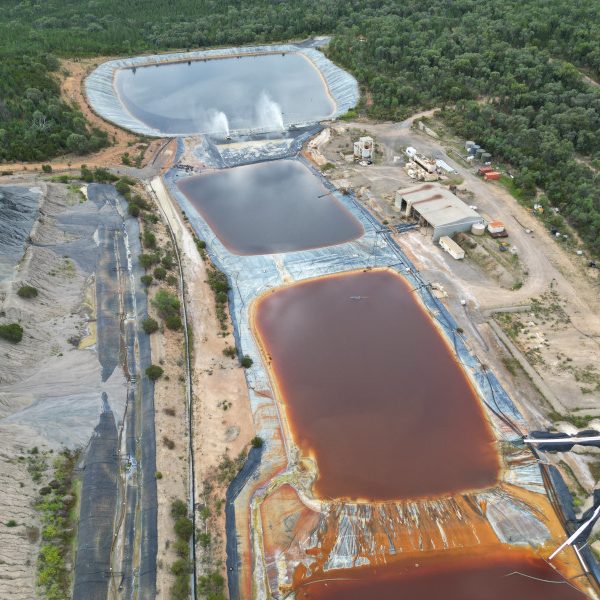
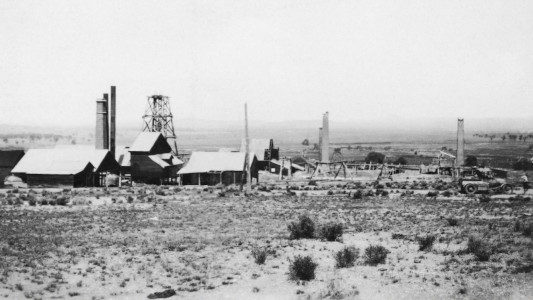
Silver Spur Mine officially opens, focusing on silver and lead production producing over 2 Million ounces of silver between 1892-1913

Initial geological surveys indicate base metal deposits in the Mt. Gunyan area.
Prospecting and early discoveries at the future site of the Texas Silver Mine.
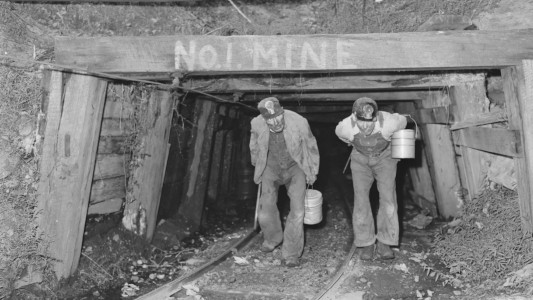
Detailed exploration at Mt. Gunyan identifies substantial deposits of copper & zinc.
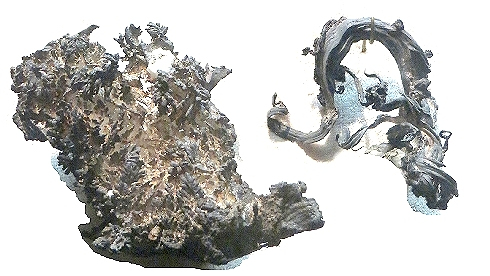
Significant silver & lead deposits discovered at the future site of Texas Silver Mine.
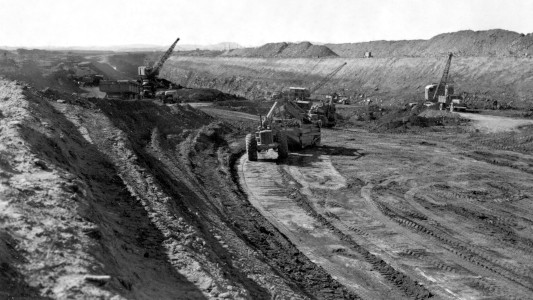
Development begins at Mt. Gunyan Mine, with initial copper extraction and construction of key site infrastructure to support future mining operations
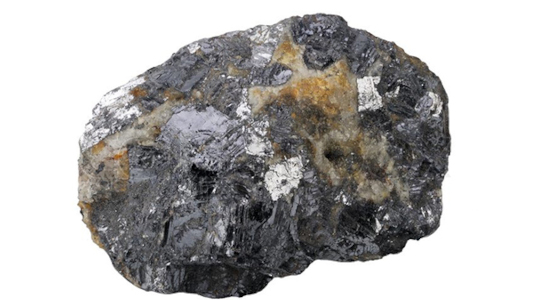
Mt. Gunyan Mine expands operations to include zinc and lead.
Silver Spur Mine experiences a resurgence in production.
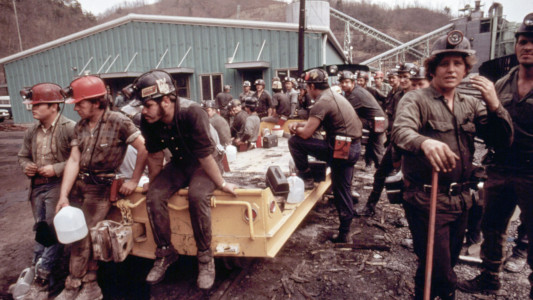
Texas Silver Mine officially opens, bringing modern processing facilities and enabling large-scale silver and base metal production across the district
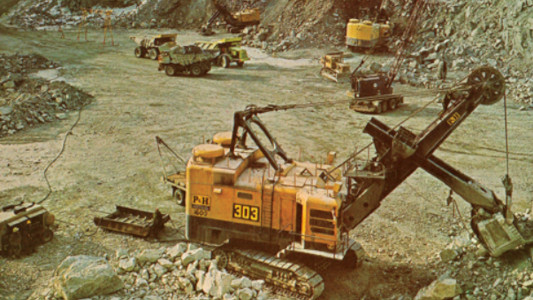

Discovery of significant gold deposits near Twin Hills prompts exploration.
Mt. Gunyan Mine closes due to economic pressures.
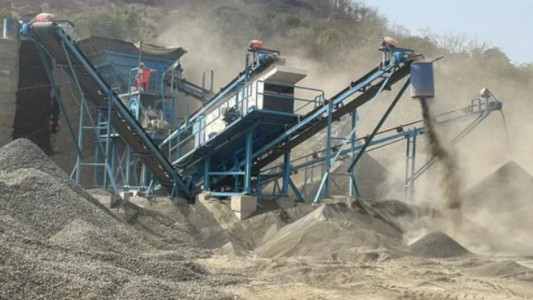
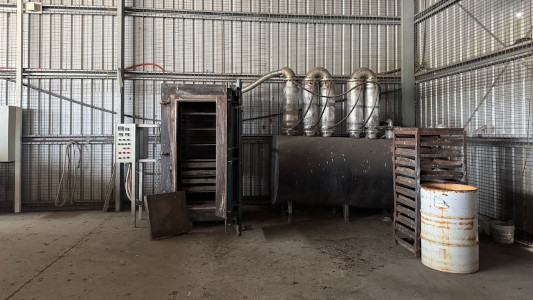
Temporary closure and reopening of Twin Hills Mine due to poor Silver prices.
Feasibility study conducted at Mt. Gunyan for potential restart.
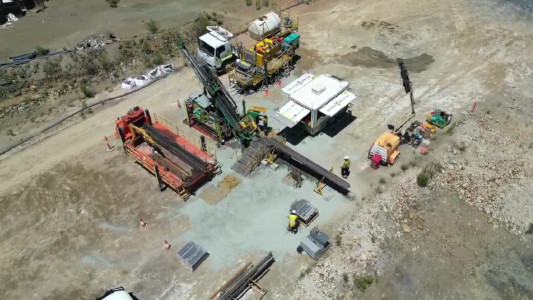
Expansion projects commence at Twin Hills, including infrastructure upgrades and new exploration aimed at extending the mine’s operational life
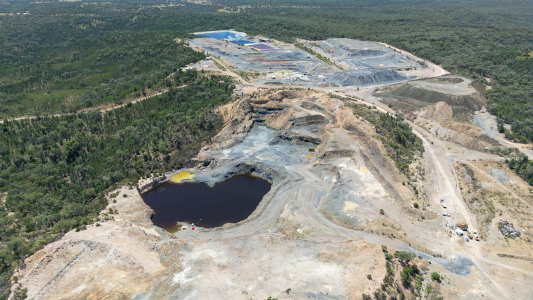
Due to low silver prices Mining operations cease with a focus on exploration initiated at Mt. Gunyan.

The Texas Silver mine and assets acquired by Silver Star Resources
The Texas Silver Base Metal Project encompasses a historically high-grade silver-base metal mine, offering strong geological foundations within the project boundaries.
Historical production from the Silver Spur Mine totals 2.19 million ounces of silver, extracted at an impressive average grade of 800 g/t Ag, along with notable quantities of zinc, lead, copper, and byproduct gold from ~100 kt of ore.
Previous estimates by Macmin Silver Ltd in 2004 identified a JORC-compliant, multi-million-ounce silver-equivalent resource, highlighting the remaining sulphide mineralisation’s untapped value.
Cornerstone data suggests the Silver Spur mineralisation originated from a hydrothermal and structurally controlled epigenetic orogen, associated with bonanza-grade silver and gold—a key target for further exploration.
Ongoing work aims to clarify the controls on mineralisation formation, supporting the identification of additional high-potential zones within the broader Texas Silver Project area.
Despite the progress, multiple compelling exploration targets across the district remain untested, presenting significant upside for future drilling.
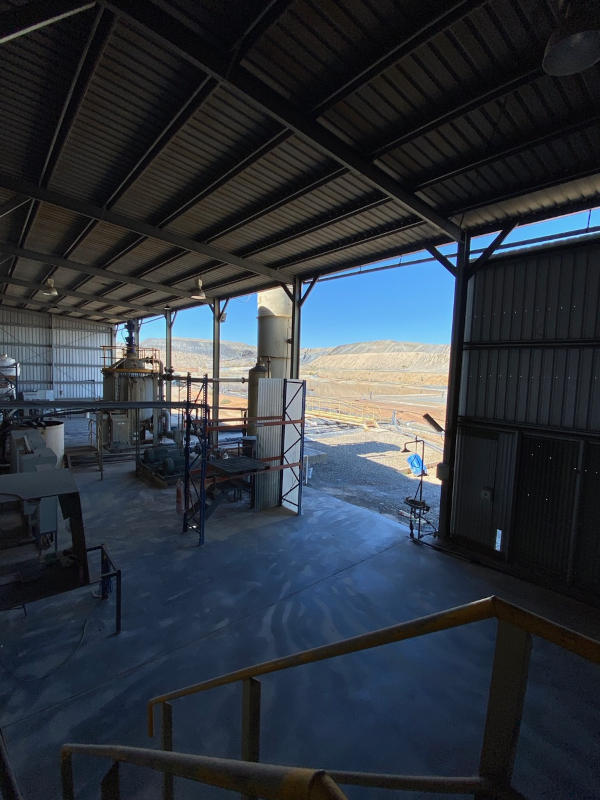
The development of the Texas Silver Mine and the Silver Spur Mine was rapid, with the construction of infrastructure to support large-scale mining operations. These mines were equipped with advanced mining technology of the time, including steam-powered drills and ore crushers, which significantly increased production capacity.
By the early 20th century, the Texas Silver Mine and the Silver Spur Mine reached their peak production levels. The Texas Silver Mine was renowned for its high-grade silver ore, which yielded substantial quantities of the precious metal. Similarly, the Silver Spur Mine became famous for its rich silver deposits and efficient extraction methods
In the 1970s and 1980s, there were several efforts to revive the Texas Silver Mine and the Silver Spur Mine. Advances in mining technology and improved economic conditions led to renewed interest in these historic sites. Exploration companies conducted extensive geological surveys to identify further silver deposits and assess the feasibility of restarting operations but the silver price continued to lag and the cost to extract the resources outweighed the commercial viability.
The Texas Silver Mine is currently in care and maintenance and can be shovel-ready in a very short period of time. With all necessary approvals in place and advancements in mining technology, the project is poised for a significant resurgence and strong future exploration potential. Rising silver prices further enhance the economic outlook, making the potential for future development even more compelling.
Today, the increasing value of silver due to the massive growth of solar and cutting-edge technology, is driving renewed interest in these historic sites. Advanced mining technology promises more efficient and cost-effective extraction processes, making it feasible to access previously uneconomical deposits. This renewed interest, driven by favourable market conditions and technological advancements, positions the Texas Silver and the Silver Spur mines for a robust comeback, contributing significantly to the economic prosperity of the region.
Innovative mining techniques and improved extraction methods have proven successful in reprocessing tailings and low-grade ore from previous operations. Blending these with existing in-ground ore resources offers a substantial opportunity to increase production and recovery rates. The future prospects for these mines are indeed promising, heralding a new era of growth and development in Queensland’s rich mining history.
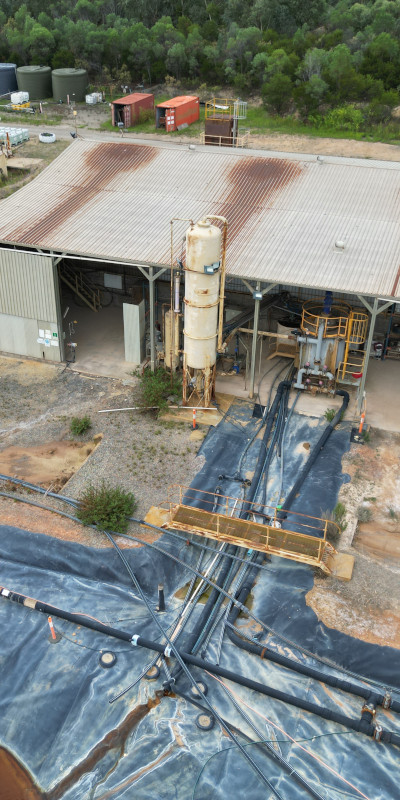

Texas Silver Mine is a shovel-ready project with its proven resources, established infrastructure and relevant approvals.
© All Rights Reserved.